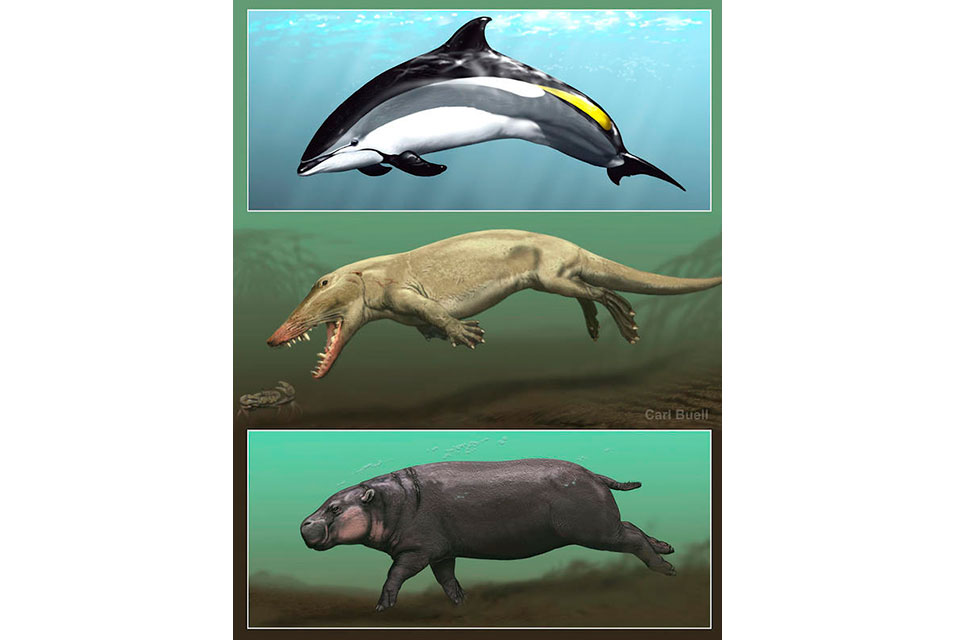BOSTON, MASS.- One day, humankind may step foot on another habitable planet. That planet may look very different from Earth, but one thing will feel familiar — the rain.
In a recent paper,
Harvard researchers found that raindrops are remarkably similar across different planetary environments, even planets as drastically different as Earth and Jupiter. Understanding the behavior of raindrops on other planets is key to not only revealing the ancient climate on planets like Mars but identifying potentially habitable planets outside our solar system.
“The lifecycle of clouds is really important when we think about planet habitability,” said Kaitlyn Loftus, a graduate student in the Department of Earth and Planetary Sciences and lead author of the paper. “But clouds and precipitation are really complicated and too complex to model completely. We’re looking for simpler ways to understand how clouds evolve, and a first step is whether cloud droplets evaporate in the atmosphere or make it to the surface as rain.”
“The humble raindrop is a vital component of the precipitation cycle for all planets,” said Robin Wordsworth, Associate Professor of Environmental Science and Engineering at the Harvard John A. Paulson School of Engineering and Applied Sciences (SEAS) and senior author of the paper. “If we understand how individual raindrops behave, we can better represent rainfall in complex climate models.”
An essential aspect of raindrop behavior, at least to climate modelers, is whether or not the raindrop makes it to the surface of the planet because water in the atmosphere plays a big role in planetary climate. To that end, size matters. Too big and the drop will break apart due to insufficient surface tension, regardless of whether it’s water, methane or superheated, liquid iron as on an exoplanet called WASP-76b. Too small and the drop will evaporate before hitting the surface.
Loftus and Wordsworth identified a Goldilocks zone for raindrop size using just three properties: drop shape, falling speed, and evaporation speed.
"The insights we gain from thinking about raindrops and clouds in diverse environments are key to understanding exoplanet habitability." -Robin Wordsworth, Associate Professor of Environmental Science and Engineering
Drop shapes are the same across different rain materials and primarily depend on how heavy the drop is. While many of us may picture a traditional tear-shaped droplet, raindrops are actually spherical when small, becoming squashed as they grow larger until they transition into a shape like the top of a hamburger bun. Falling speed depends on this shape as well as gravity and the thickness of the surrounding air.
Evaporation speed is more complicated, influenced by atmospheric composition, pressure, temperature, relative humidity and more.
By taking all of these properties into account, Loftus and Wordsworth found that across a wide range of planetary conditions, the math of raindrop falling means only a very small fraction of the possible drop sizes in a cloud can reach the surface.
“We can use this behavior to guide us as we model cloud cycles on exoplanets,” said Loftus.
“The insights we gain from thinking about raindrops and clouds in diverse environments are key to understanding exoplanet habitability,” said Wordsworth. “In the long term, they can also help us gain a deeper understanding of the climate of Earth itself.”
This research was support by the National Science Foundation through grant AST-1847120.










